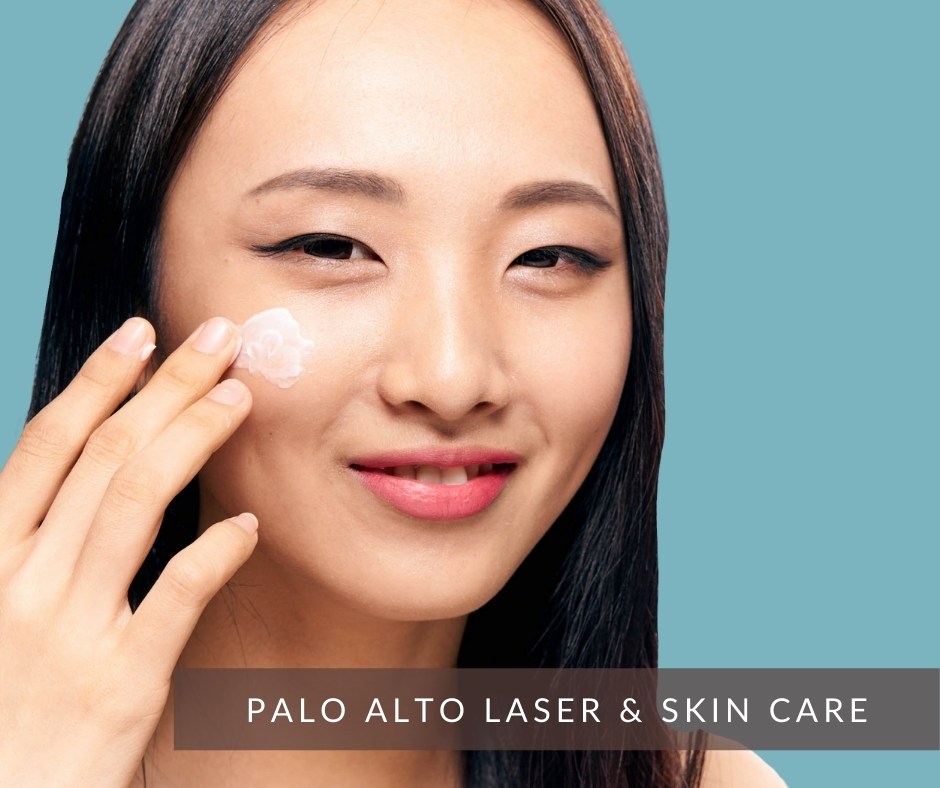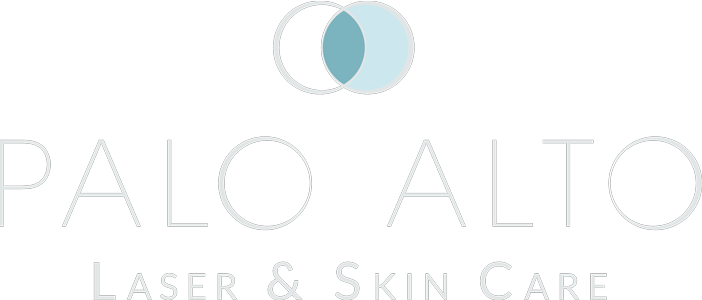
According to a recent presentation at the American Society for Dermatological Surgery, combining microneedling with a topical treatment is an effective means for treating melasma—the most stubborn form of hyperpigmentation. Palo Alto Laser and Skin Care offers the latest techniques in microneedling to treat melasma and a host of other common conditions including other forms of hyperpigmentation, skin laxity, acne scarring, and scarring, enlarged pores, and much more.
Researchers share that “Our review found that microneedling alone, without any topical treatments, results in a 23 – 29% improvement in melasma. Adding topical treatments in general to microneedling resulted in greater improvements in melasma severity.” Combining treatments is often a great avenue for optimizing and extending results.
Microneedling by the Numbers
The study consisted of a meta-analysis of 12 studies and a systemic review, ultimately considering 459 patients from around the world. The studies were required to include both the words “microneedling” and “melasma.” There were a number of topical treatments mentioned throughout these studies including Vitamin C, as well as non-hydroquinone and hydroquinone products. These ingredients are often found in medical-grade skin care products and are only legally available in the highest concentrations in such products. Non-medical-grade products, such as over-the-counter creams and even high-end department store products, might not have the ingredients included in the study at all or may not have them in the same concentrations.
Researchers found that combining microneedling and these topicals led to a “moderately positive effect” after eight weeks and a “large effect” at 12 weeks. It is important to keep in mind that many treatments and products do not offer immediate results (though there are some that do). A lot of the time, a cumulative effect is the key to the best and longest-lasting results. Microneedling alone (and starting a new skin care regimen) will likely not show any difference in skin quality that same day or even that same week. However, both changes are hard at work below the skin’s surface.
What this Means for Melasma Patients
The researchers note that this combination has a “similar efficacy” to fractional CO2 lasers, one of the more aggressive lasers available on the market. While this is the case, recovery and downtime from a CO2 laser treatment can be intensive. “Recovery” from microneedling requires nothing at all, though most clients are a little pink for a few hours post-treatment. However, this is nothing compared to the after-effects of a CO2 laser treatment, with most patients who undergo microneedling feeling confident enough to get right back to their daily tasks.
The authors of the study say, “Microneedling can be a safe, effective and relatively affordable modality best used in combination with topical medications for the treatment of melasma.” Anyone who has had melasma knows how difficult it can be to treat. This is exacerbated by the fact that it often presents on the face (though not always) in a mask-like manner and can be gray in color. Melasma can be brought about or exacerbated by hormones, which is why many melasma patients are pregnant women.
Microneedling for Everyone
You don’t have to have melasma to benefit from microneedling. This treatment works by creating thousands of micro-channels in the skin that are invisible to the naked eye. This stimulates collagen production and healing from the inside out. Not only is adding topicals going to naturally improve the results of any treatment, but there is an added benefit of having those micro-channels. Applying a topical treatment right after microneedling means that the topicals can more easily penetrate the skin’s surface. If you’re interested in micro-needling, combining it with a facial is a fantastic way to make the most of your session.
It is also important to be aware of the dangers of DIY microneedling. There are many at-home “microneedling” tools available, but none are medical-grade. They do not have the proper needle length and width, nor the quality. Microneedling sessions should be customized for every patient, with your provider being the only person equipped with the tools, training, and experience to give you the best possible results. Microneedling at home can be pointless at best and dangerous at worst, sometimes resulting in scarring. To learn more about microneedling, medical-grade products, and other melasma treatments, connect with Palo Alto Laser and Skin Care today by giving us a call or completing the online form.
